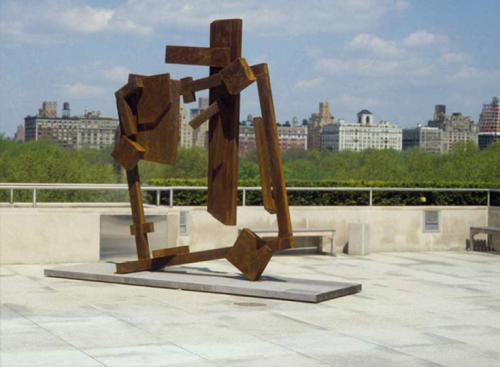
Image Credit:
In a recent blog post, Alex Reid makes the not uncommon argument that if the Humanities are to “survive” this era of fiscal belt tightening, scholars must realize that “the traditional arguments” for their relevance “are not timeless,” and must adapt to changing “historical and material conditions.” One of those traditional arguments is, of course, the literary canon itself, and English teachers--particularly those with a self-consciously “digital” emphasis--are constantly faced with the challenge of making “timeless” texts relevant to students living, reading, and writing in dynamic and collaborative mediums.
Reid’s pragmatic answer for Composition Studies is to focus on the real-world effects of student writing, “with an eye toward fueling our own productivity or invention.” But why not focus on literature’s inventive potential as well? The mark of sublime writing, according to Longinus, is that it makes readers feel as if they had written it themselves. So maybe we should let students actually take ownership of great writing by reconceptualizing skills such as close reading in basically inventive rather than analytical terms.
What I’m suggesting is imitation – but imitation with difference. We could take a cue from classical pedagogues such as Quintilian and have students rewrite or even perform specific passages from literature in different styles or forms, for different real or imagined contexts and audiences (poetry into prose, past into present, etc.). Or better yet, have them recreate passages in entirely new mediums: For example, a scene from a novel could be “imitated” in multimodal form as a performance, video, animation, Photoshop image, even a game. By using the text as cue for invention rather than stable artifact, this kind of transposition would actually force students to focus more closely on the text itself, determining exactly what – at the level of style – constitutes its specific effects on readers and how those effects can be recreated in a different style, format, and medium. At any rate, that was Quintilian’s argument.
Earlier this semester, I used a similar kind of transposition process to introduce the concept of close reading to my own E314: "Banned Books and Novel Ideas" class. We were studying “Howl” and had recently read an essay about the influence of visual art, Cezanne in particular, on Ginsburg’s poetic style. For a short writing assignment, I sent the class out to photograph a sculpture or painting somewhere on campus and then asked them to transpose part of the poem in the “style” of their chosen visual work (instead of the Cezanne “eyeball kick”-style Ginsburg claims to have been channeling). For the accompanying write-up, students analyzed the relationship between stylistic aspects of their chosen visual art and the specific decisions they made in their transposition. I’m not sure the assignment worked quite as planned, but I am sure that 1) the class enjoyed it and 2) it produced some interesting writing. And I think it would work even better if the process was reversed and students started with the text, imitating in a visual or multimodal medium rather than the other way around. Which is my plan for this assignment in the Spring.

